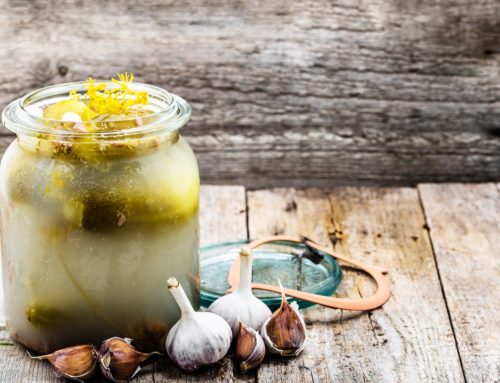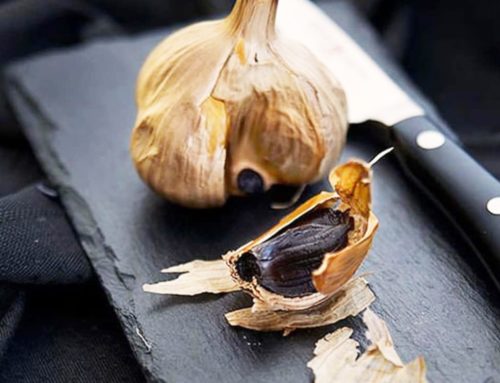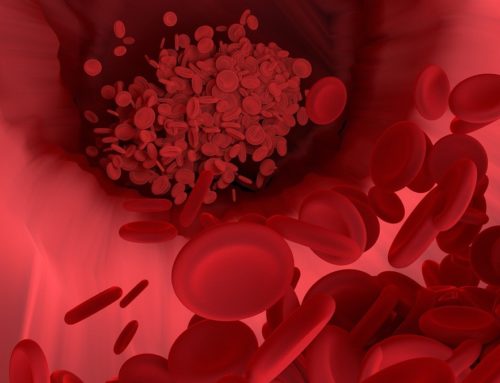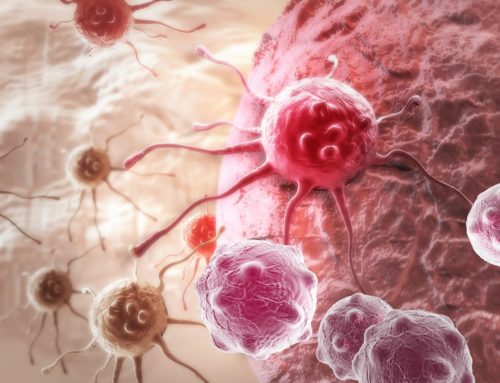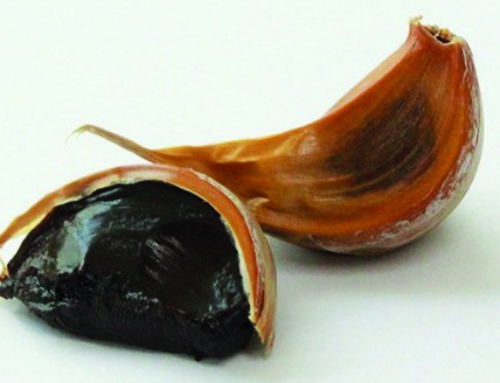The effects of fermented garlicare supported by more than 700 scientific studies.Fermented garlic, or black garlic, is fragrance-free andsignificantly more effective and healthier than raw or cooked garlic.
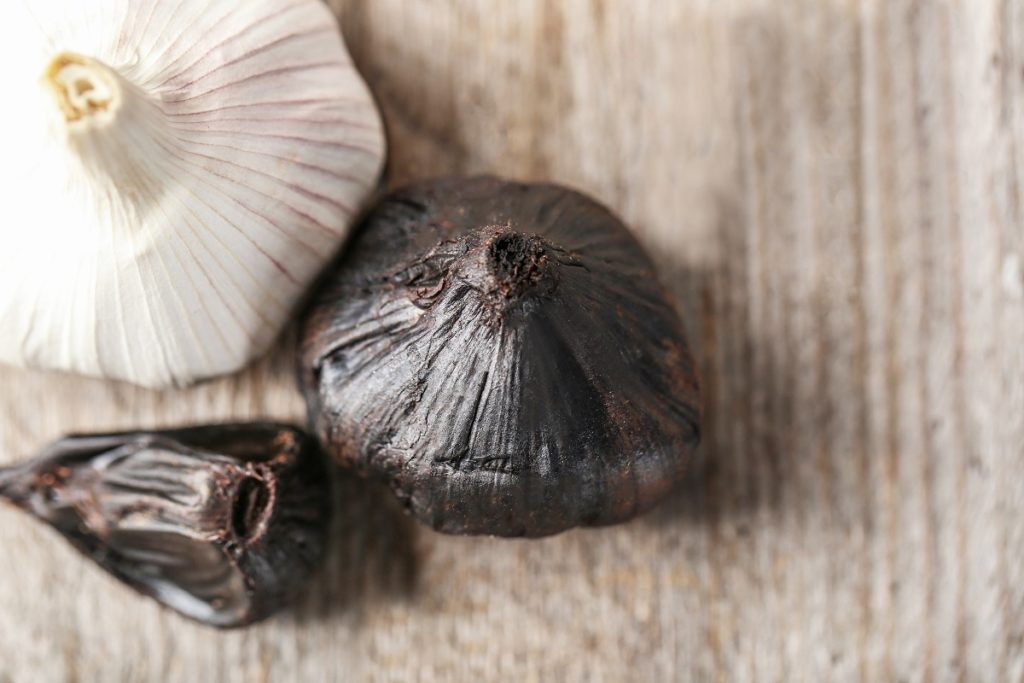
Black garlic can be used in many ways: to protect the heart and blood vessels and benefit their health, and to reduce the risk of degenerative diseases and infections. It can help reduce free radicals, strengthens the immune system, gives energy, eases digestion and improves the intestinal function.
It all starts with regular garlic (Latin name: Allium Sativum). When kept in a closed and controlled space, at an ambient temperature of 65°C and at a humidity of 85°C, the garlic transforms into the black version of itself.
It takes the garlic 65 days and a drying time of 48 hours to do this. During this process, its taste becomes sweet and it loses its distinct odour. Its texture becomes a little sticky. During the process of resting (aging) and fermentation, its potency and benefits multiply. Other names for fermented garlic include: black garlic, aged garlic, and aged garlic extract.
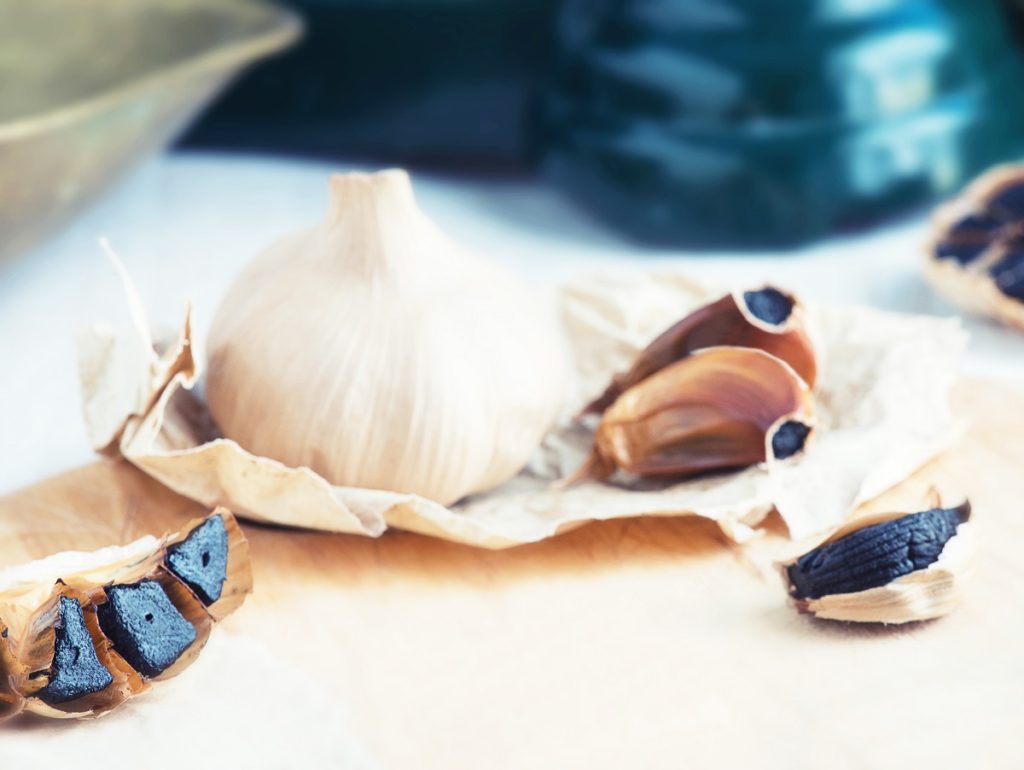
How does the white garlic change into black garlic? What happens with its scent?
At least three changes take place when the white garlic transforms into black garlic: it loses its characteristic scent, its colour turns from white to black, and it forms extra antioxidants, such as flavonoids and alkaloids.
- The garlic scent disappears: The odour component of garlic is made up by alliin. When eaten raw, garlic has a strong, pungent flavour. By heating, cutting or pressing the garlic, the enzyme alliinase is converted into the strong smelling allicin. When white garlic transforms into black garlic, allicin is converted into SAC (S-allyl-cysteine), thereby losing its scent and pungent flavour. Hurray for SAC!
- The colour turns from white to black: When the garlic is heated, sugars and amino acids bind together and are partly transformed into melanoidins. These melanoidins are what create the black colour. It’s the famous Maillard reaction, but in a positive way. It is this reaction that gives fermented garlic its sweet, intense flavour, with notes of liquorice, tamarind and balsamic.
- Flavonoids, alkaloids and antioxidants are formed: One of the most important changes takes place when allicin is converted into S-allyl cysteine. This nearly doubles the antioxidative effects of black garlic compared to white garlic. Additionally, the antioxidants in black garlic are easier to absorb and the garlic itself becomes easier to digest. The slow fermentation process – caused by endophytic bacteria – brings about an incredible transformation. The garlic has now become anti-allergenic. This is good news for people with allergies, as they will be less affected by the allergens. Fermented garlic can now also have an anti-inflammatory effect.
Can you make your own black (fermented) garlic? It’s best not to.
Maxime Willems, biologist and fermentation expert, advises against this. The fermented garlic you buy in the store has been produced under controlled conditions. If you try to ferment garlic at home, you risk of the dangerous bacterium Clostridium botulinum spreading. This bacterium produces the botulinum toxin, one of the most poisonous substances on earth. Knowing this, it is much safer to buy fermented garlic in the store.
From allicin in raw garlic to S-Allyl cysteine (SAC) in black garlic
Over 100 different compounds have already been identified in garlic. For a long time, it was thought that the aroma of garlic also gives it the strong flavour, but studies show that this is not the case. It is simply the sum of all the components that makes garlic garlic. It contains components that strengthen the immune system, DNA and white blood cells. Allicin, which is responsible for the strong odour of raw garlic, has been found to have adverse effects when isolated.
Some examples:
- Our bodies barely absorb the allicin in raw garlic. The stomach largely breaks it down. As a result, a large part of allicin is not converted into SAC by the enzyme alliinase.
- The allicin in raw garlic reduces oxygen transport in the blood.
- Large amounts of allicin can cause anaemia, resulting in chronic fatigue.
- Large amounts of allicin can interfere with liver function. Black (or fermented/aged) garlic and garlic that has been heated contain less or no allicin. In therapeutic doses, this is better for the body and mind.

